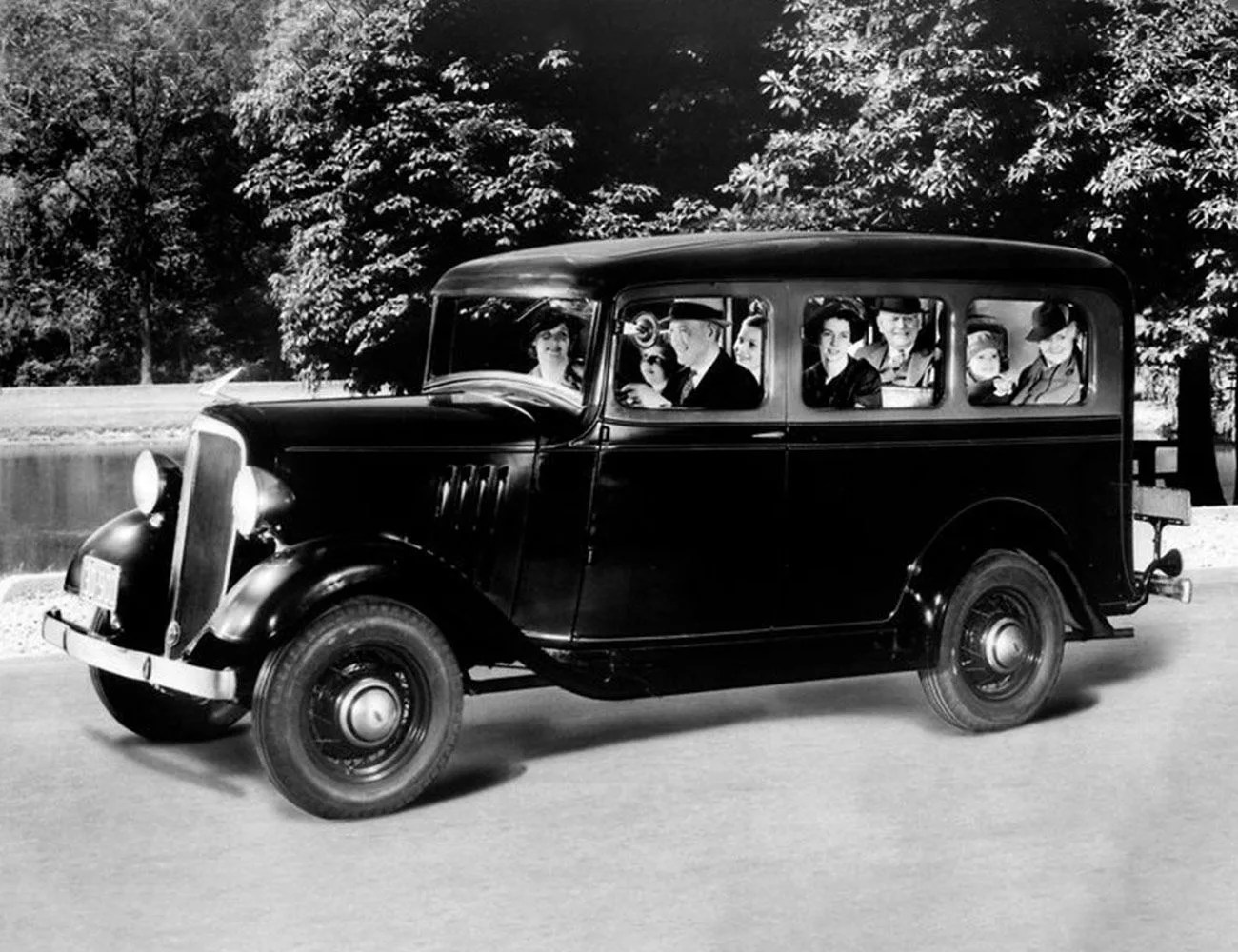For years, they’ve been crowding our streets and filling our driveways. Your neighbors likely have one; someone within your family probably does as well. Heck, there’s even a high chance that you might own one yourself. I’m talking about the “sport-utility vehicle,” of course. Also known as the SUV, they’ve basically been the hottest thing since sliced bread for year, coming in nearly every size and shape and for budgets of all kinds.
But what exactly is an SUV — and how do you define one?
The definitions may vary colloquially, depending on who you talk to. If you break the term down to its simplest definitions: “sport,” or relating or pertaining to sporting activities; “utility,” being capable of practical use; and “vehicle,” well, seems self-explanatory. But there’s obviously more to it than that.
Most would describe an SUV is as a vehicle higher than other cars, hauls a lot of people and their things, and is versatile enough to travel where most other paved-surface-going vehicles would run for their garages. While that’s generally true, there are other types of vehicles that fit that description and there are even different types of SUVs as well. So what precisely distinguishes a SUV from other types of vehicles?
In the world of automotive taxonomy and within the kingdom of passenger vehicles, cars are classified by the configuration of their body. For instance, SUVs are “two-box” designs, wherein there are two compartmentalized sections: one for the powertrain and one for the passenger cell. Wagons and hatchbacks are also considered two-box designs.









